Is That House a Fixer-Upper or Money Pit?

Is That House a Fixer-Upper or Money Pit?
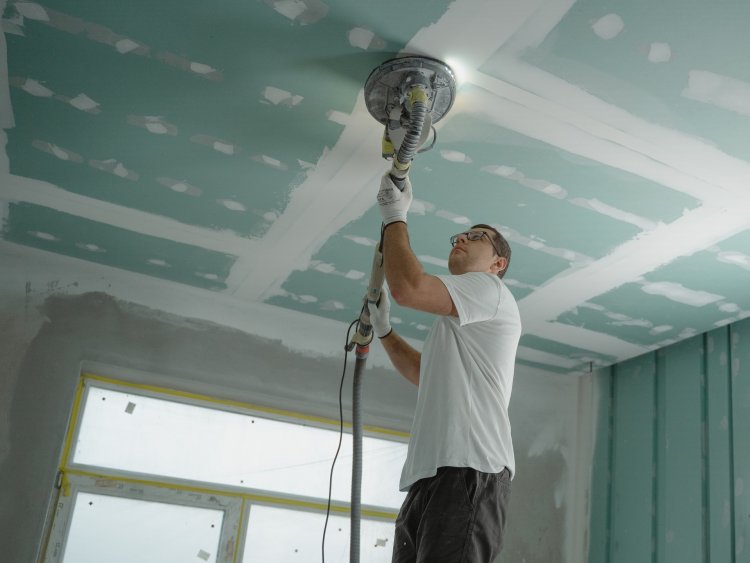
When you have limited funds, it’s unlikely you’ll get a perfect, move-in ready house. A fixer-upper can be a great way to get the space you need at a price you can afford. But you need to be careful before you compromise. Otherwise, you may end up buying a money pit.
A true fixer-upper requires hard work, but each project raises your house’s value. You should be able to buy at a low enough price that you have funds left over to start on projects. And you should be able to fully live in the house while you save up for future projects. On the other hand, a money pit doesn’t let you wait on repairs and can leave you in a constant state of crisis.
Before you make an offer, here are nine key things you should look out for.
1. Foundation Issues
A house’s foundation is one of the most difficult and expensive things to fix. Repairs can cost tens of thousands of dollars, and there’s rarely a DIY option.
Watch out for large cracks in the walls and masonry, especially if they are horizontal or in a stair-step pattern. Large gaps between flooring and baseboards, sloping or sagging floors, and bowing walls are also signs of structural damage. Generally, these are all clues that you should just walk away. However, if you do decide to move forward with such a house, make sure to consult with a structural engineer before closing. You must know what you’re getting into.
2. Outdated Wiring
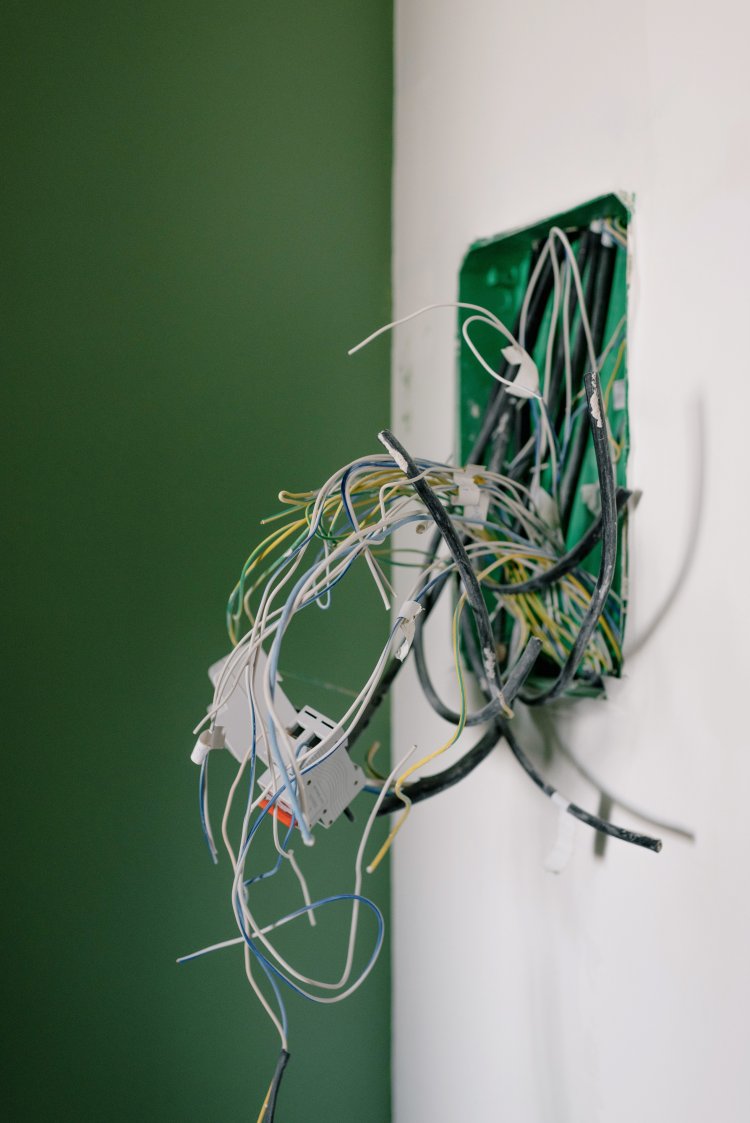
When it comes to outdated wiring, you should always get a quote from an electrician. Some wiring issues are worth the investment. Updating outlets may cost you a couple thousand dollars, or getting a whole house surge protector may cost a few hundred. But rewiring an entire house can cost in the tens of thousands of dollars (generally $6 to $10 per square foot).
Look out for homes with fuse boxes or small breaker boxes. These are clear signs that the wiring is outdated and may be dangerous. Older wiring is not designed to sustain the types of electronics we use today. So, not only are you asking outdated wiring to keep going after many decades of use, but you’re also asking it to do a job it wasn’t made for in the first place.
3. Insect Infestations
Termites and carpenter ants can cause massive damage to any home. They work inside your walls, creating damage you may not see until it’s too late. Before you move forward with a home, it’s important to have a professional termite inspection. However, you can also look for signs yourself.
Do you see sawdust piles along the baseboards? Insect wings on windowsills? Do the floors, ceiling, or walls sag? These are all signs that you need to investigate further — and possibly walk away completely. The damage these insects cause may require simple repairs and treatment, or they may require massive reconstruction.
4. A Bad Roof
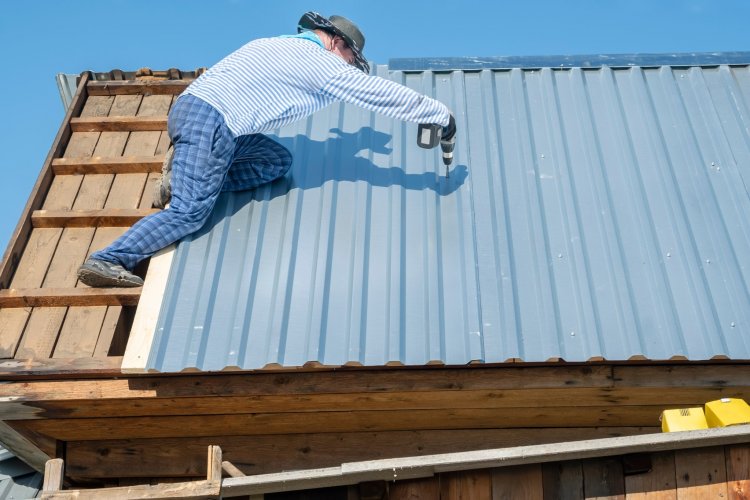
A leaky roof is not to be trifled with. It may start as a drip you catch in a bowl, but it can quickly grow, creating structural damage in your ceilings and walls. Inside, look for signs of water damage to the ceiling. Outside, look for cracked, ruffled, or missing shingles. Any sagging in the roof is a likely sign that you’ll need to replace the whole thing.
A bad roof may be within your fix-it budget, but make sure to get quotes before you close. The price for your average roof replacement could be a few thousand dollars or up to $10,000 and beyond. Know what you’re getting into.
5. Outdated Plumbing
Old, galvanized pipes develop buildup over time, causing low water pressure, discolored water, and uneven distribution of water throughout your home. They can also get so rusty that they develop leaks throughout your home.
Ideally, your home will have PVC or even copper pipes. Both of these options are far more durable and safe for your family. Check the water pressure in the kitchen and bathroom for clues as to how well your piping will function. If you can see the actual piping, you should watch out for pipes with a silver-gray color, which are either galvanized or lead pipes. You may not have to replumb the house immediately, but you should be prepared for it.
6. Moisture and Mold
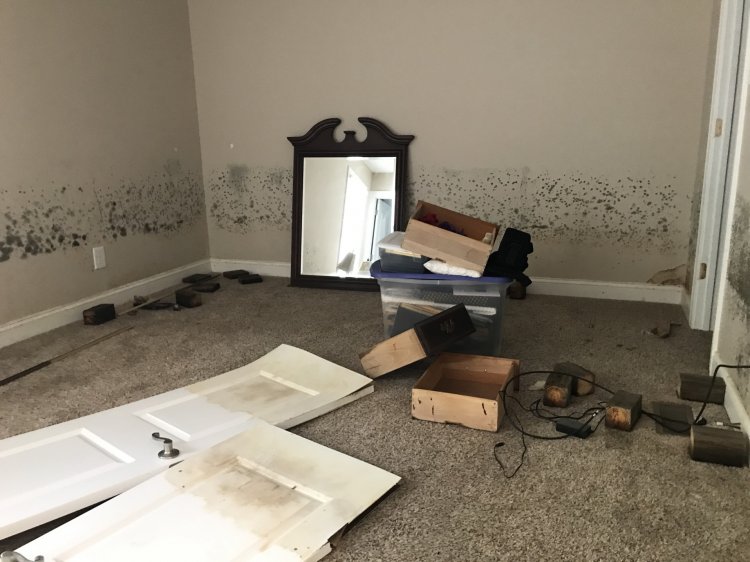
Moisture can warp the walls of your home, damage your foundation and create the perfect atmosphere for toxic mold. Look for signs of moisture in the basement or crawl space. Pay attention to any smells of moisture. Warped walls are a sign that damage has already occurred — and that more may be on the way.
Because mold and moisture are so invasive, the expenses they bring can vary widely. These issues are a major red flag for any homebuyer. If it were a simple fix, it’s likely the seller would have already fixed the problem. You should be asking why they haven’t.
7. High Energy Bills
Heating a standalone house will likely cost more than heating an apartment. However, it shouldn’t drain your bank account. Before you close on a house, ask the seller if you can see the last 12 months of energy bills or if they will give you an average. You should also be able to ask the utility company for an average or the last month’s bill.
Especially high bills may be caused by poorly-insulated walls, inefficient windows, or poorly-designed ductwork. Any of these issues can put you in a catch 22 situation: You either pay a lot to fix them, or you pay a lot in energy bills.
8. An As-Is Clause
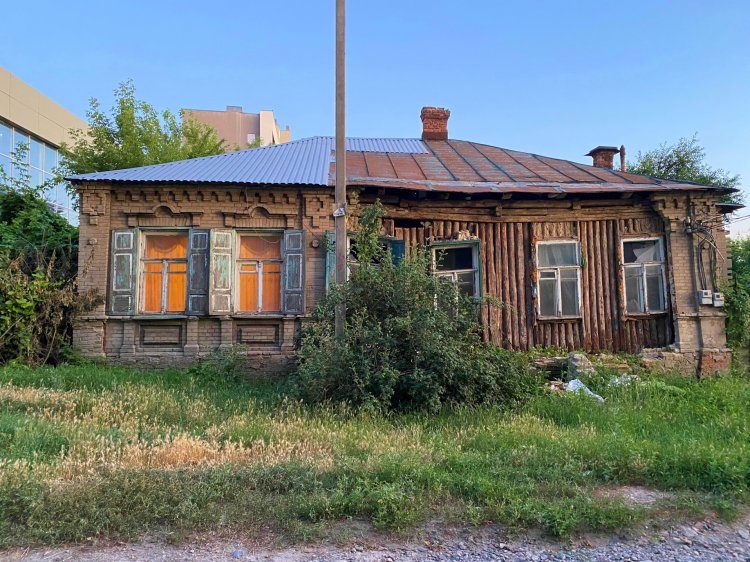
An as-is clause is exactly what it sounds like. The sellers are saying they will not negotiate on repairs. This doesn’t necessarily mean there are massive problems with the house, but it does mean you’re on the hook for every repair needed. If there are major issues, this may also affect your ability to get a loan.
Before you close on an as-is house, make sure to get a full inspection to uncover any issues. Get quotes from several contractors on what the immediate repairs will cost. Ask the seller for a full disclosure of known issues. An as-is house can be a great deal, but you should proceed with caution.
9. A Floor Plan You Hate
Can you knock out that wall and add a bathroom over there and build an extra bedroom on the back of the house? Absolutely. But changing your home’s floor plan is generally an expensive endeavor. And if you’re buying a fixer-upper, you’re likely to find other expenses along the way.
It’s OK to dream about creating that open floor plan or creating more privacy. But make sure you can be happy in the house as it is. If other expenses delay your remodel — or make it impossible — will you still like this house? Don’t buy it unless you can answer with a resounding, “Yes!”
A Few Final Tips
The key to buying a fixer-upper is knowing what you’re in for. Hire a home inspector with good reviews and read their report on the house thoroughly. Ask all the questions you need to ask to understand the state of your potential home. Look for a house you can mostly fix up yourself, and get quotes for the work you can’t do.
Ultimately, buying any house carries risk. Fixer-uppers are not unique in this respect. Do your due diligence, prepare for what you can, and enjoy the adventure in all its glory.
What's Your Reaction?
















